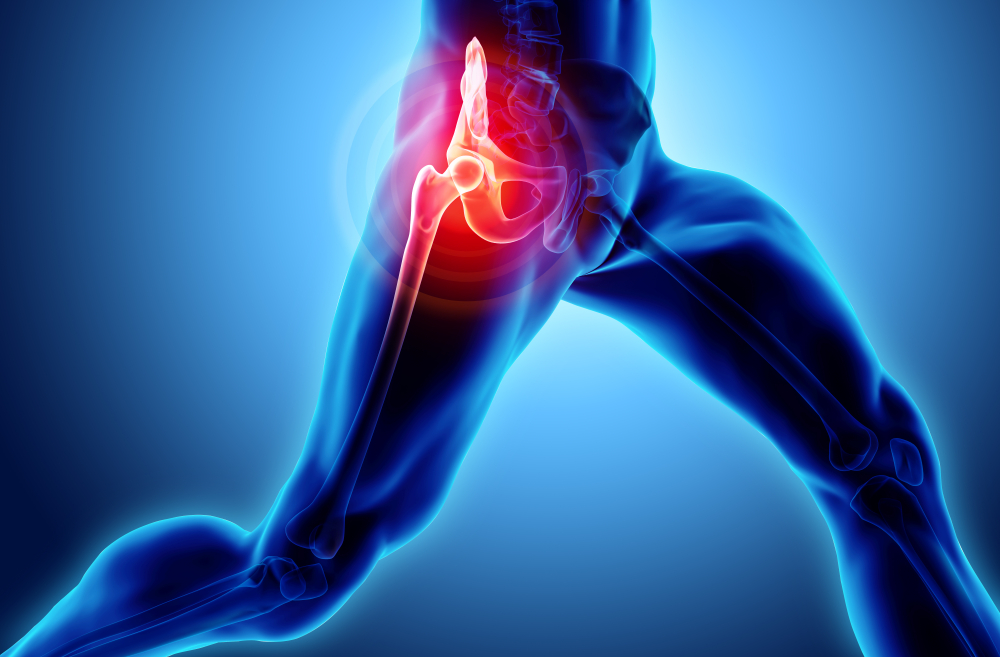Introduction: Arsenic in drinking water has been established to increase lung cancer mortality rates and recent evidence also demonstrates elevated incidence and mortality from chronic obstructive pulmonary disease (COPD). In Antofagasta, Chile, arsenic concentrations in drinking water suddenly increased to high levels close to 1000 μg/L in 1958 and remained elevated until an arsenic removal plant was installed in 1971.
Aim: In this paper we focus on the impact of exposure on young children born during the high exposure period, or just before it, and their subsequent mortality from COPD as young adults aged 30-39 in the period 1989-1998.
Methods: Mortality data with ICD codes for COPD were obtained for 1989-1998. Deaths in the age group 30-39 were divided into those born during the very high exposure period (1958-72), who would have experienced exposure in utero and as young children, and those born before the high exposure period, who would have been exposed as young children but not in utero. Standardized mortality ratios (SMRs) were estimated for men and women separately, and combined, using the rest of Chile as the reference population. Mortality from the various causes of death within the COPD grouping was examined.
Results: The overall SMR for COPD deaths in the age range 30-39 was 14.3 (95% CI 8.3-23, p<0.001). For those born during the high exposure period, the SMR was 16.8 (8.4-30), and for those born in the five years before, the SMR was 11.2 (4.1-24). The main contributor to increased morality within the COPD group was bronchiectasis, with the strongest impact being to those exposed in utero and as young children (SMR= 74, 95% CI 32-146, p<0.001).
Conclusion: The findings provide evidence that arsenic in drinking water has pronounced pulmonary effects related to exposure in utero and during early childhood, the major outcome being marked increase in mortality due to bronchiectasis for those with probable exposure in utero.


